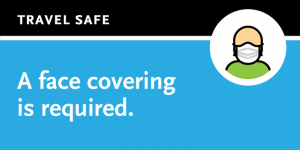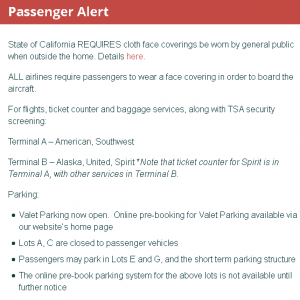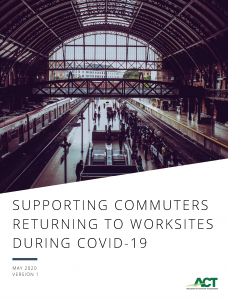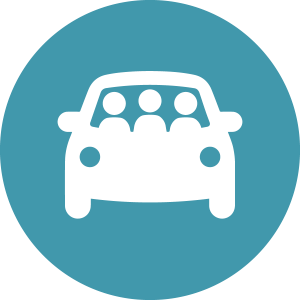Last update June 2, 2021
BTMO Coronavirus Resources
Welcome to the BTMO’s page for resources and information on how to navigate life during these times.
Stay current on service changes and other coronavirus related updates by visiting go511.org, which updates daily with information on Southern California transit agencies as well as freeway and express lane information.
Burbank Unified Will Reopen With 100% Distance Learning In August
Effective Immediately July 13, 2020: ALL counties must close indoor operations in these sectors
Effective immediately July 17, 2020: Enforcement for certain parking restrictions suspended through SEPTEMBER 7, 2020
__

__

Coronavirus and Transit around the World
The New York Times looked at how transit agencies in the Europe, and Asia were handling the coronavirus pandemic. The results show that no spread of coronavirus was linked to public transit.
Experts attribute the relative safety of transit to face mask requirements, cleaning of vehicles, increasing service, and reduced rush-hour crowding.
Is the Subway Risky? It May Be Safer Than You Think (NY Times)
***
Hollywood Burbank Airport reopens Terminal B for passenger services starting July 2
__
Quick Links
- City of Burbank Coronavirus Updates (www.burbankca.gov/covid-19-updates)
- Metro’s Recovery Task Force Plan
- Fear of Public Transit Got Ahead of the Evidence
- Researchers still have much to learn. What’s becoming clear is that, with appropriate precautions, transit riders can feel comfortable swiping their MetroCards again and agencies can start building the post-pandemic transit systems that cities and their residents want to see.
- Click here for the latest info from BurbankBus.
- LA County Guidance for Van and Car Pools
Important Transit Reminders
|
|
How to Bike Safely

- Transit During COVID-19: Bikes, Buses and Trains
- Visit here for a list of local bike shops
- Ways to support local bike shops
- Cheap Essentials for Getting Back on Your Bike
- So You’re Thinking About Riding a Bike
- Why bike riding has soared in popularity during the pandemic






